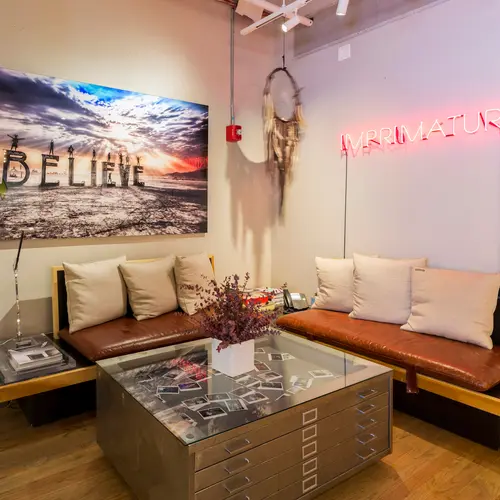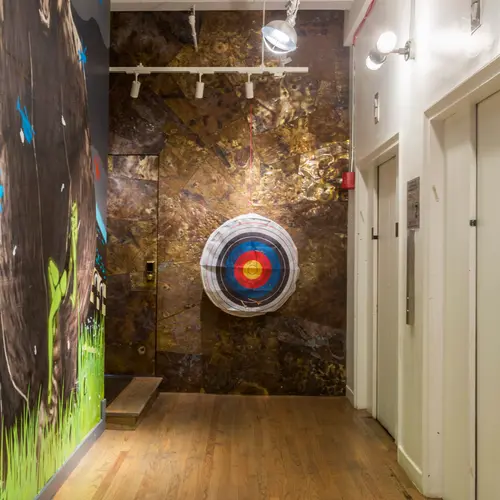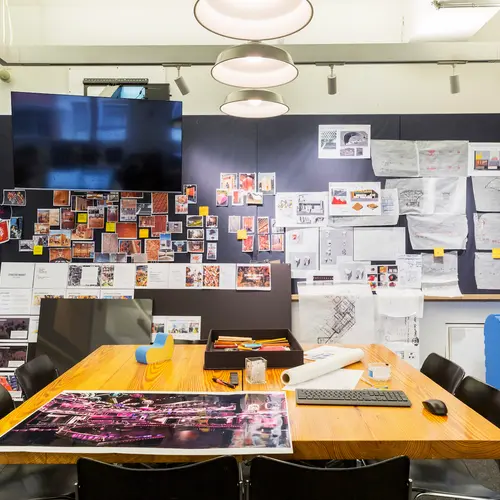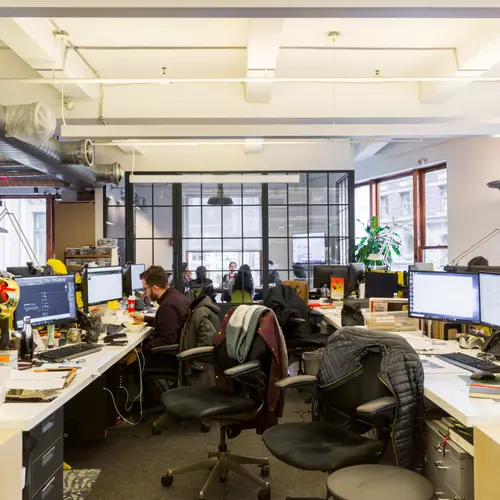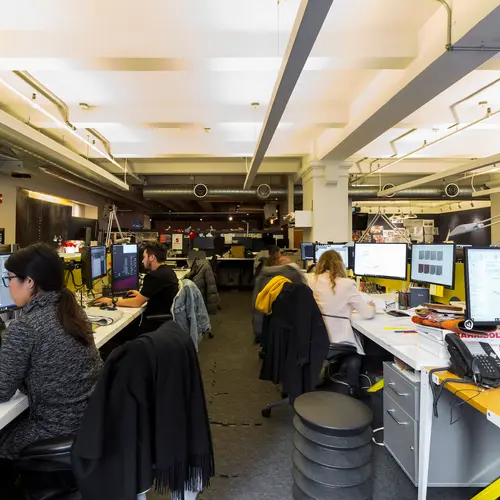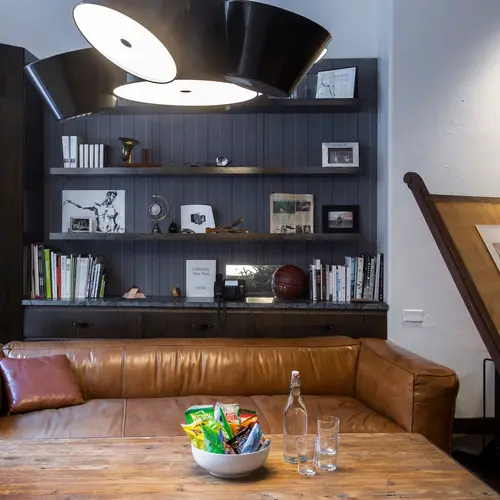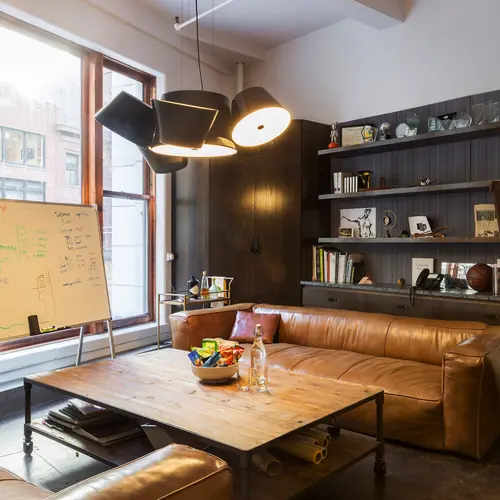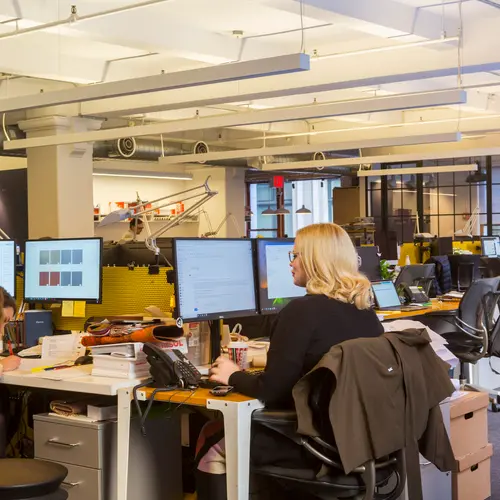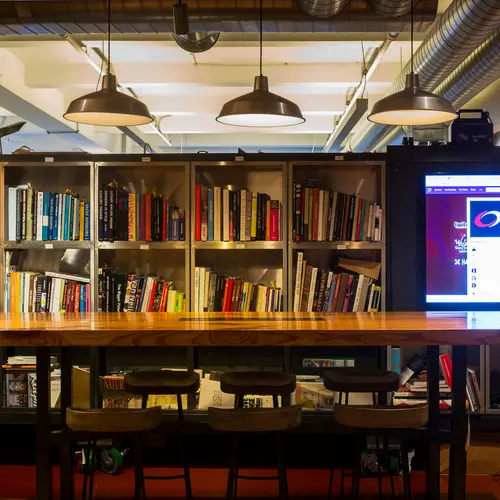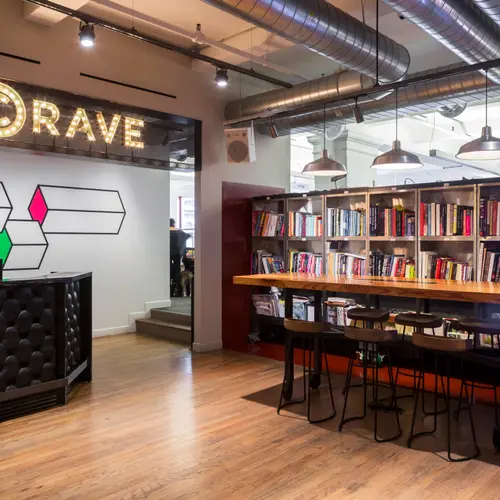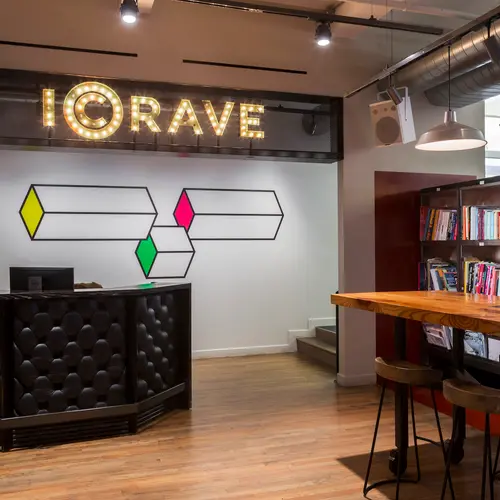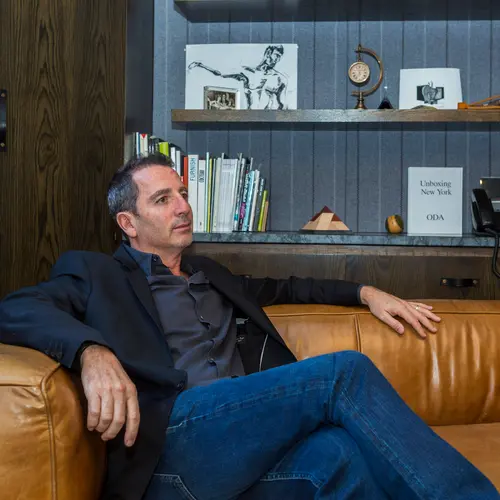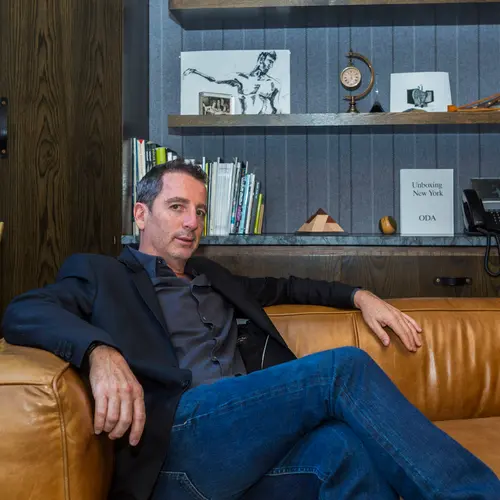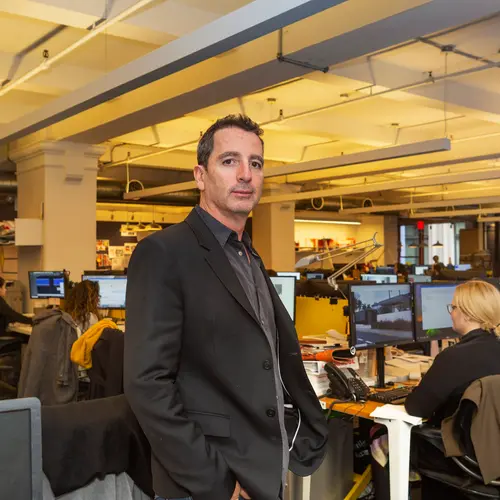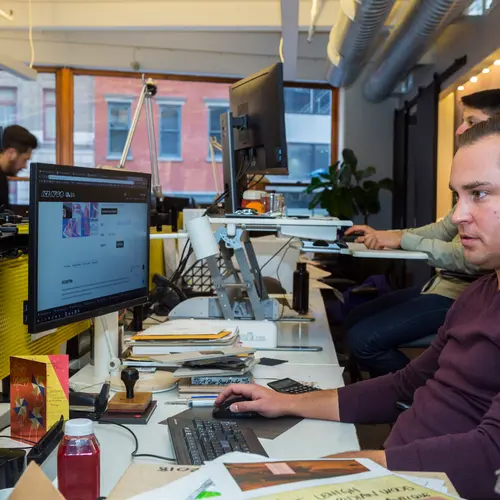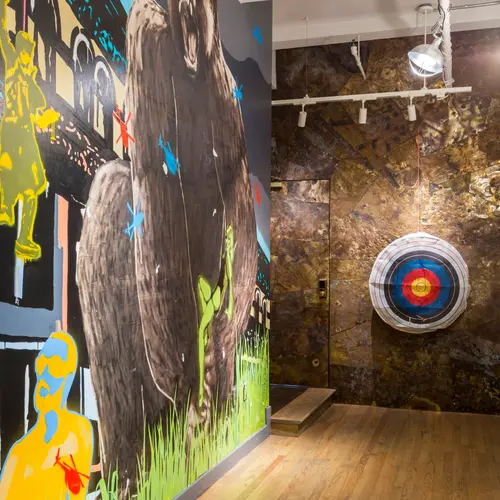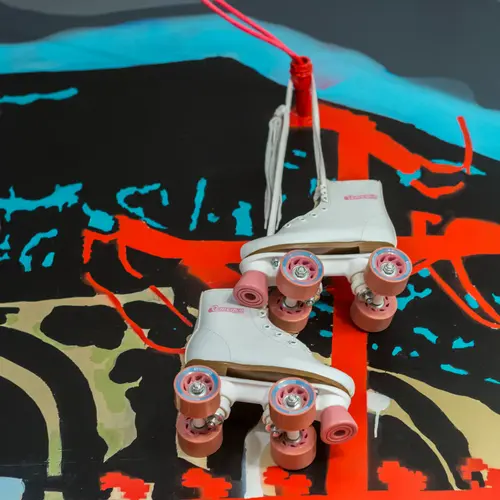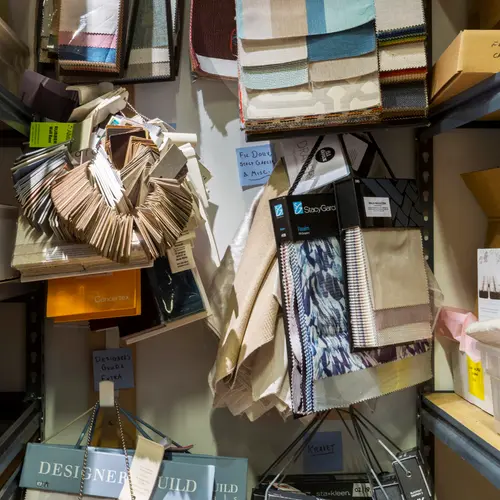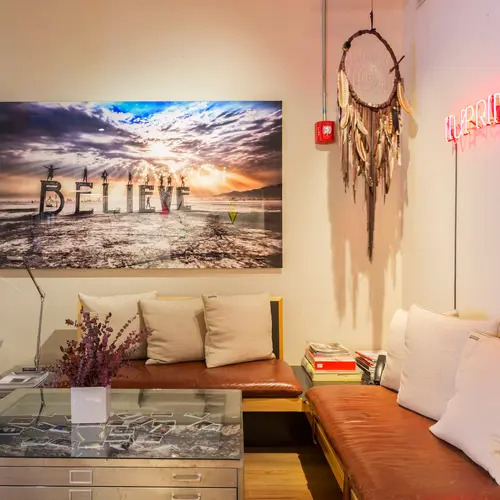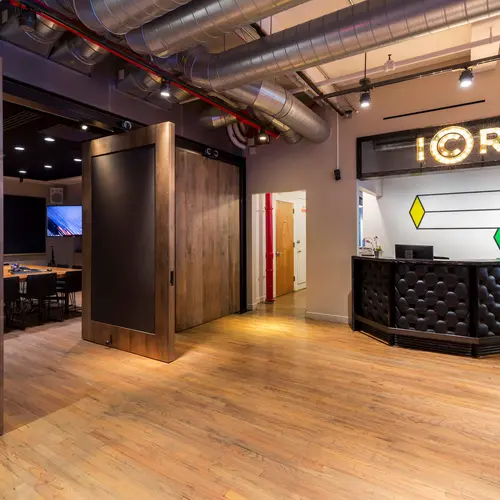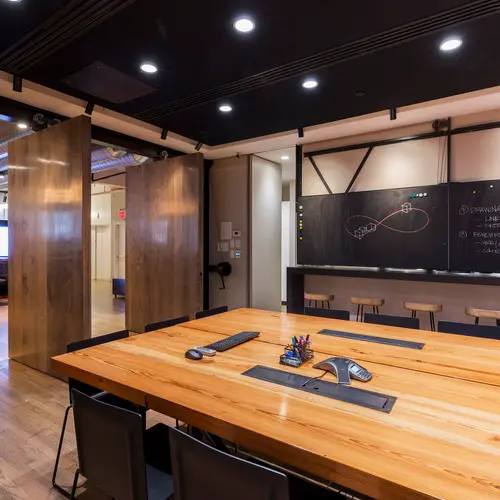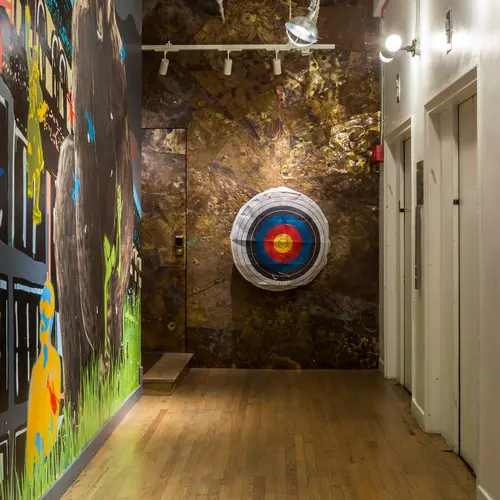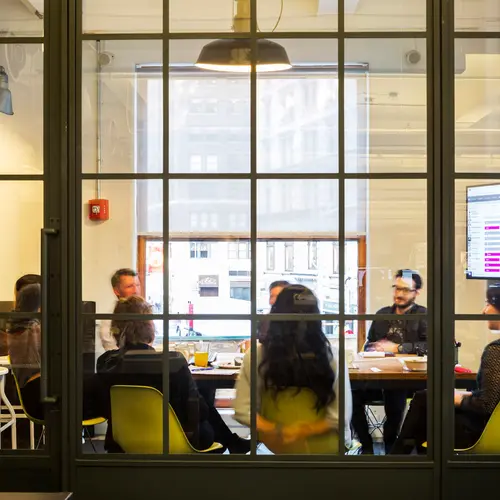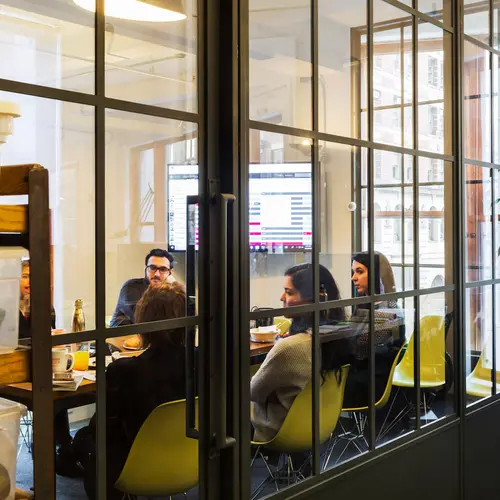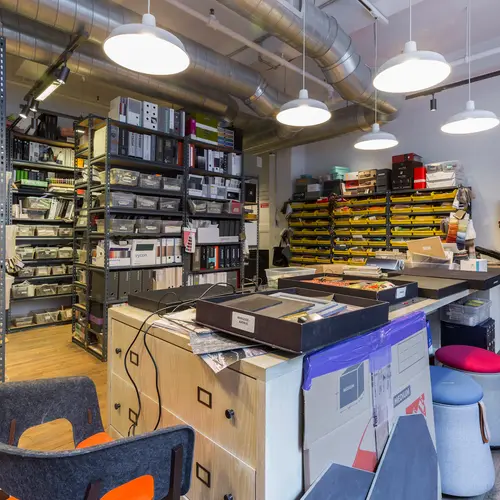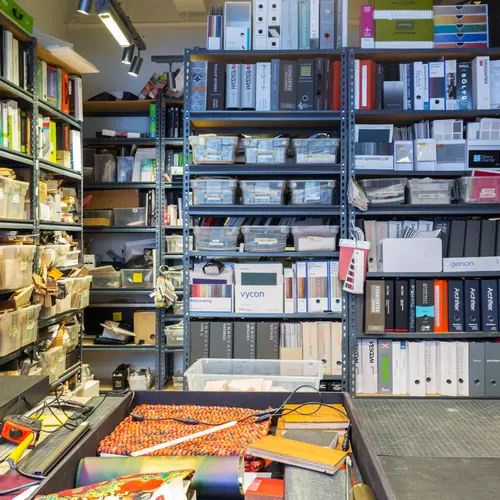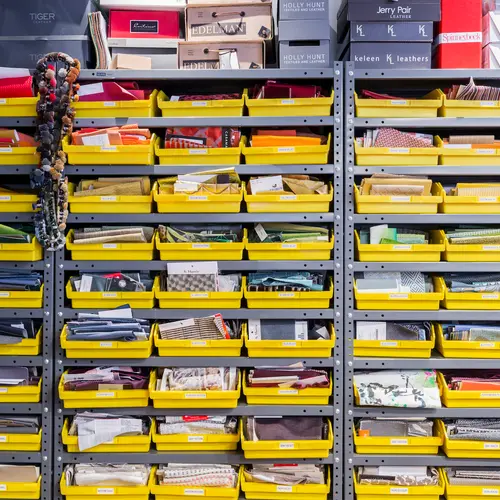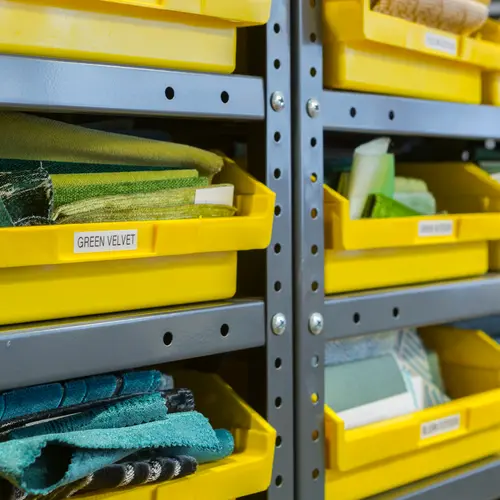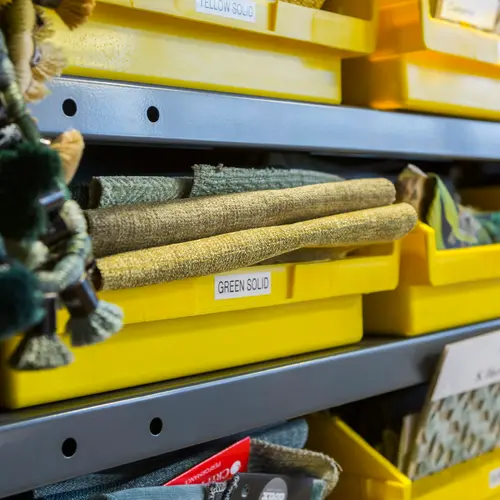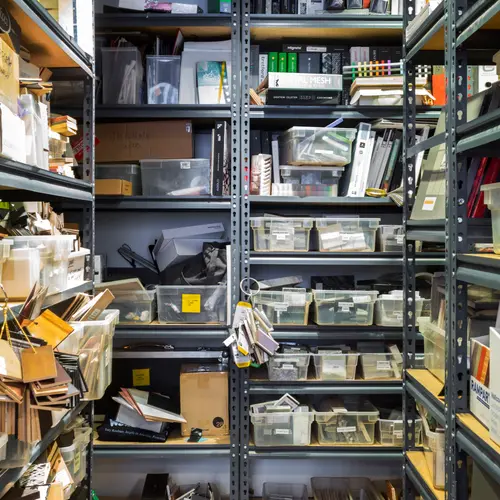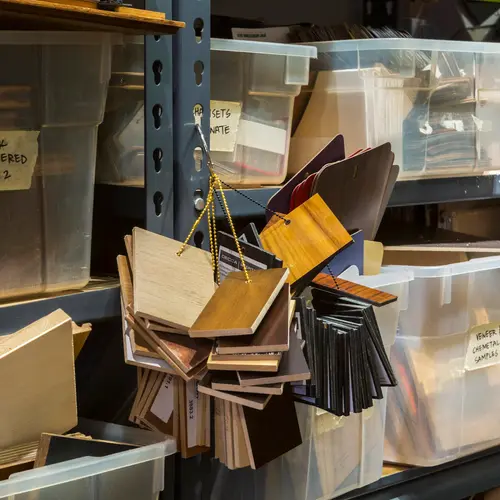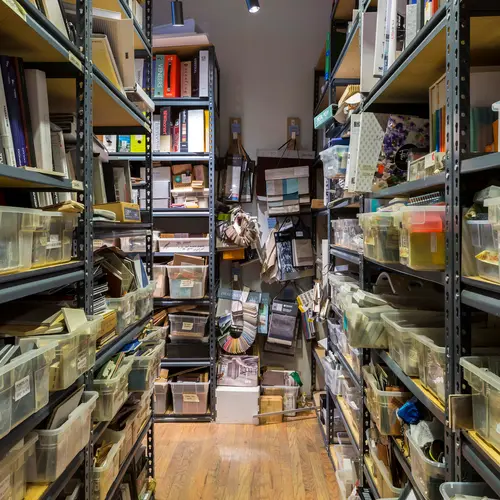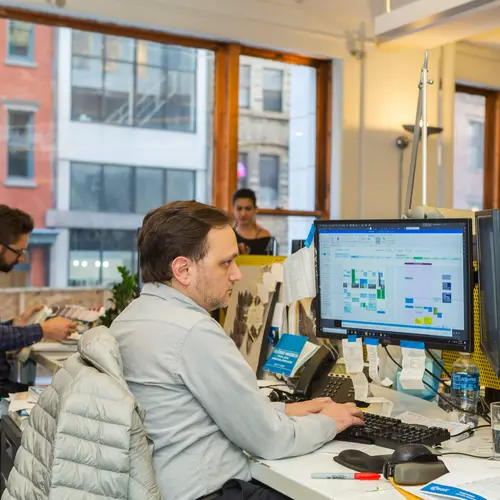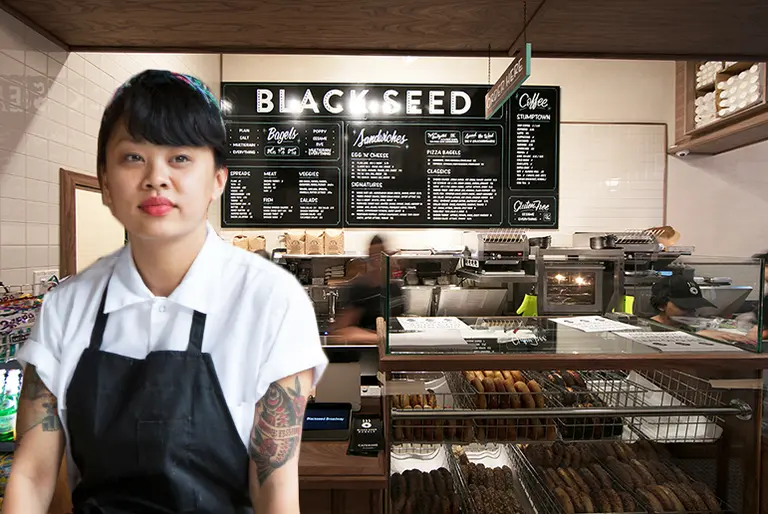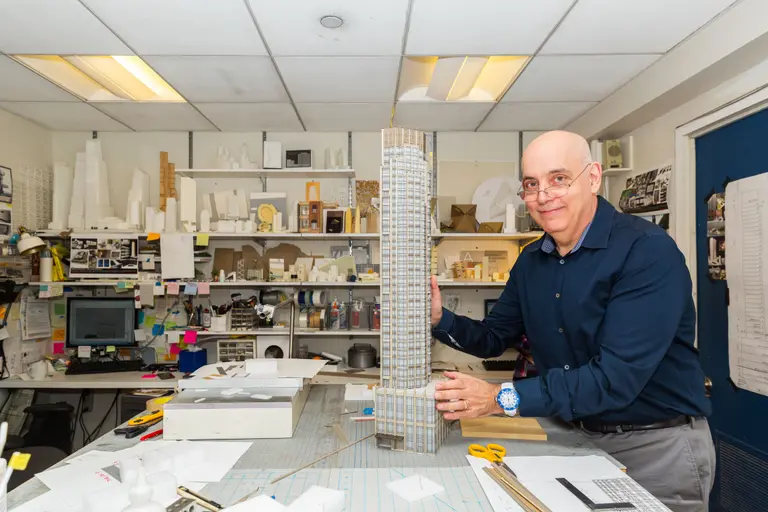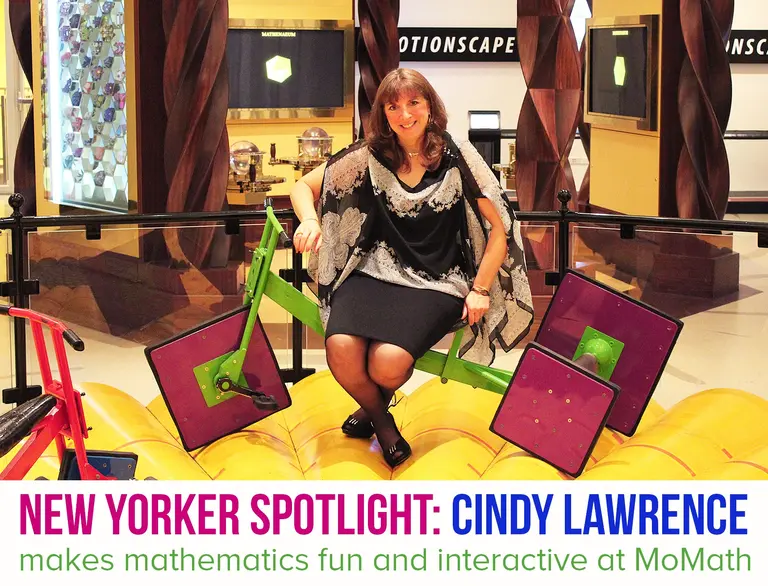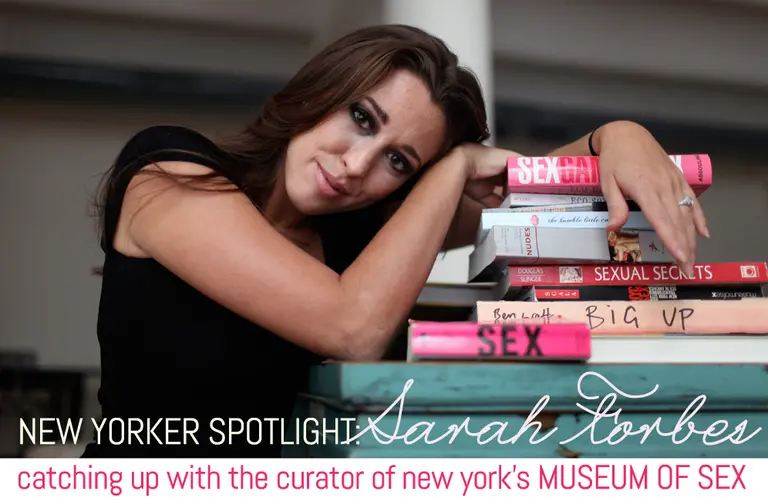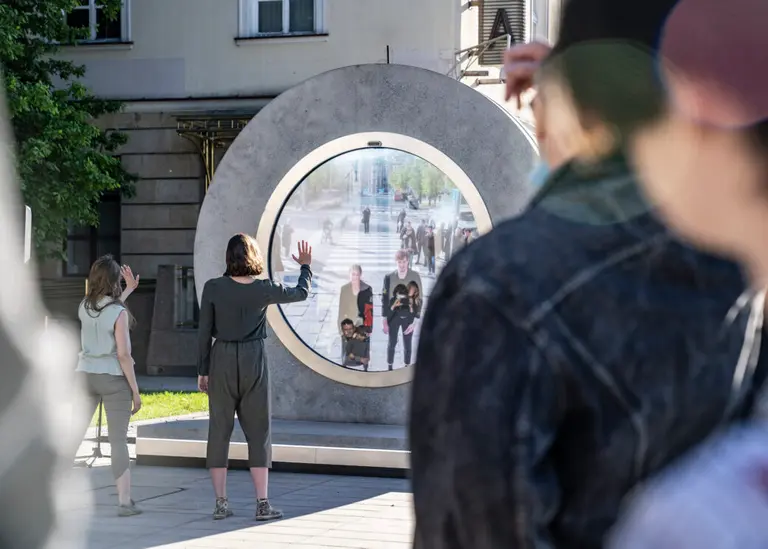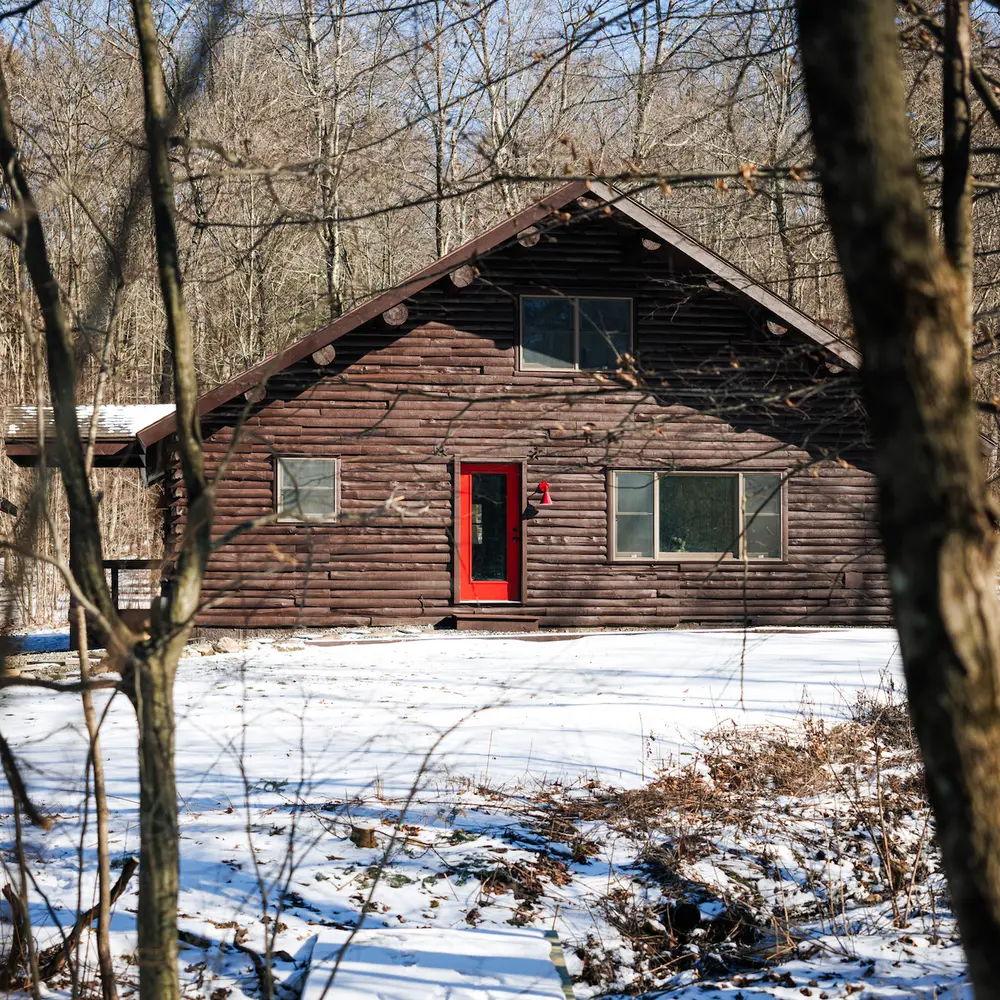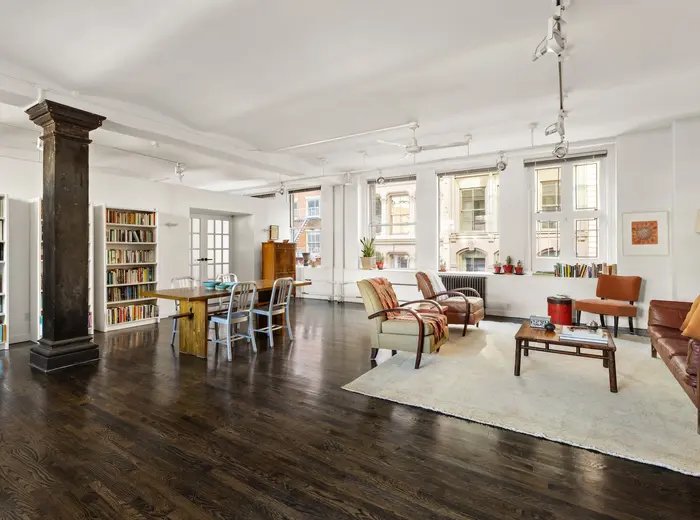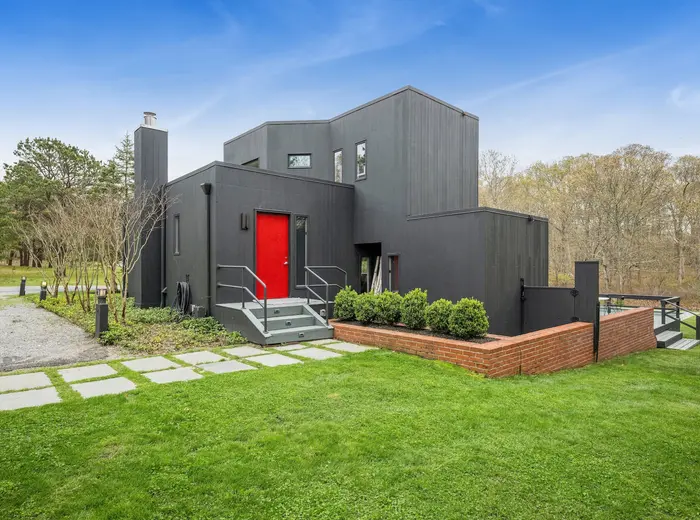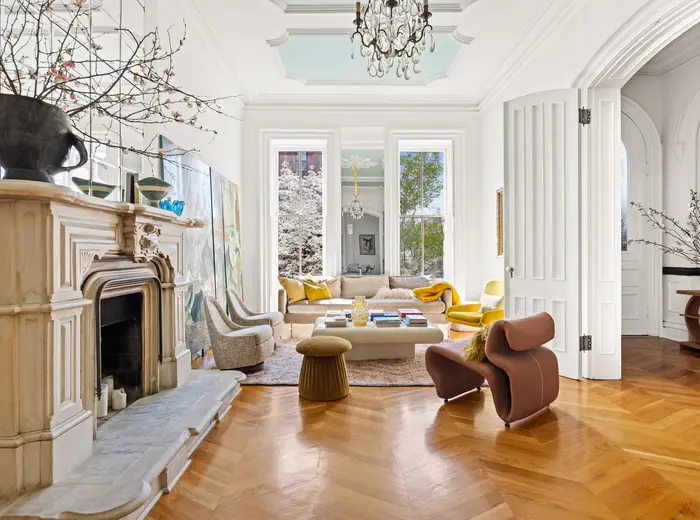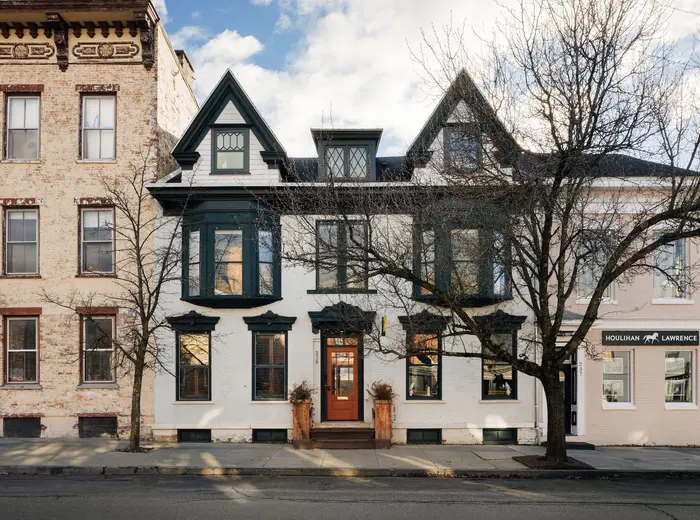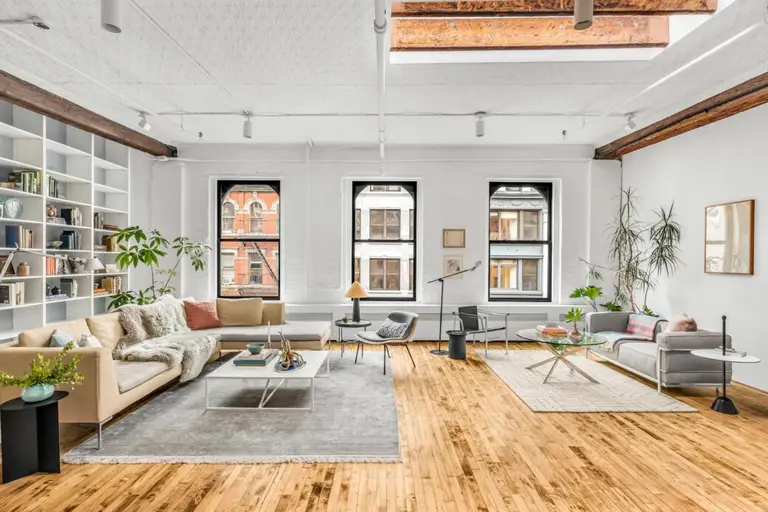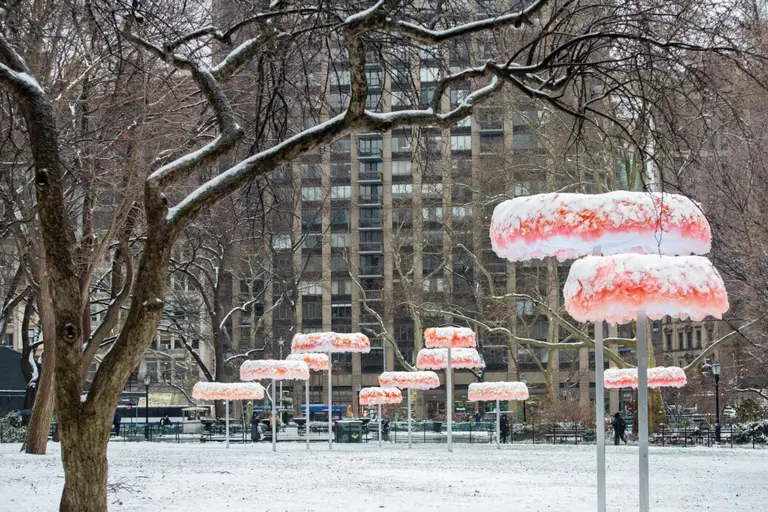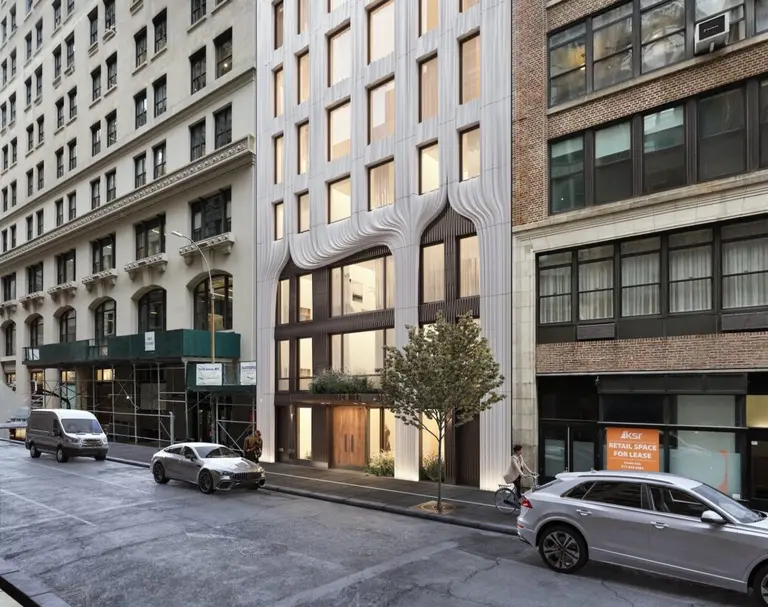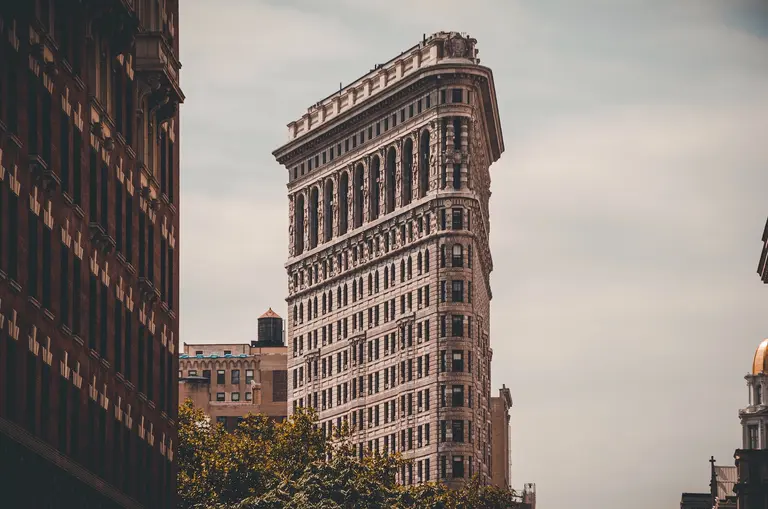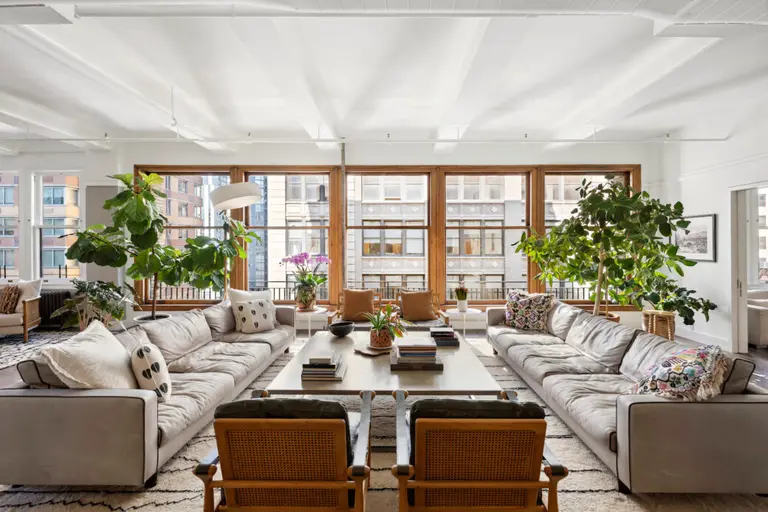Where I Work: How design firm ICRAVE makes memorable experiences at its Nomad studio
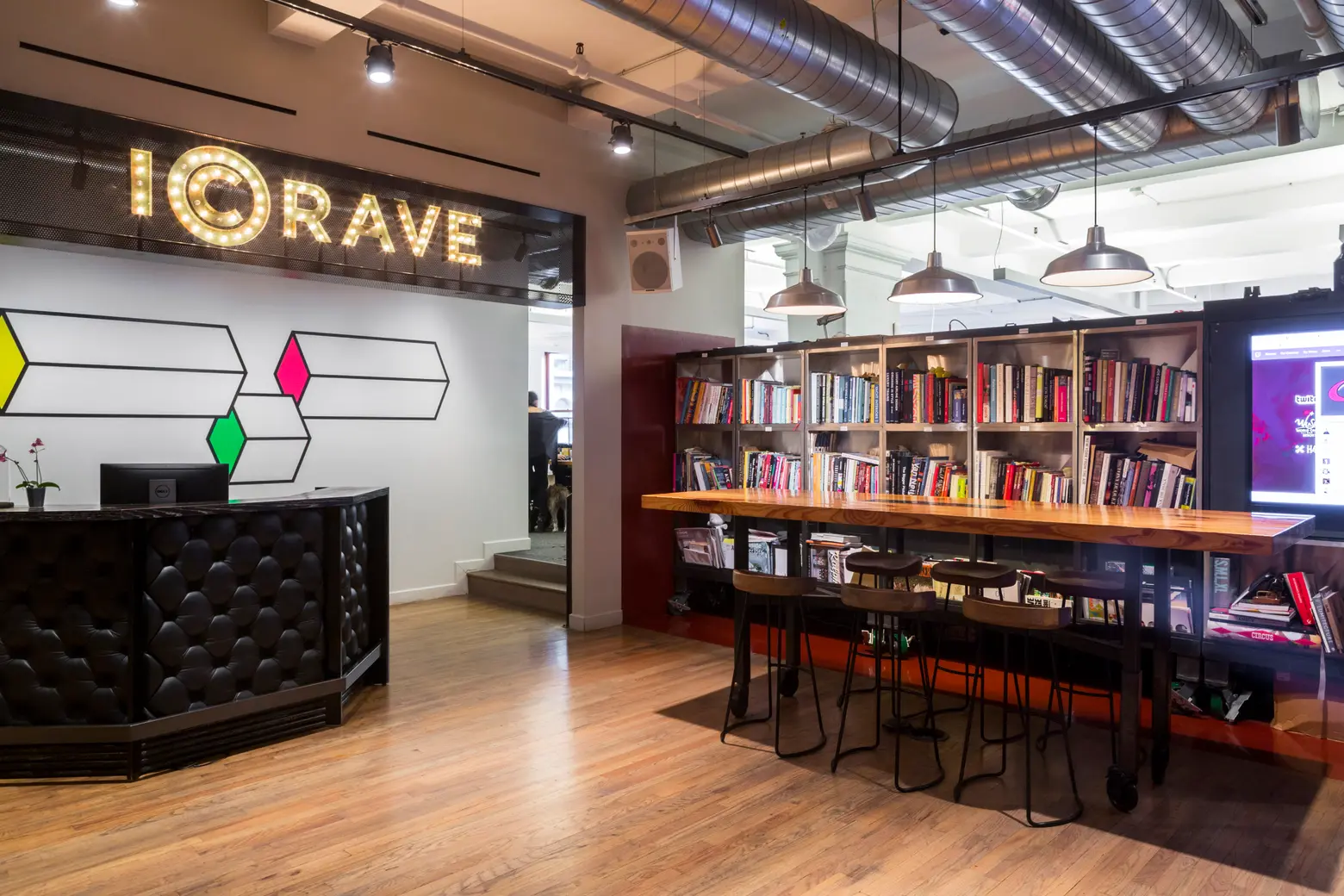
6sqft’s series “Where I Work” takes us into the studios, offices, and businesses of New Yorkers across the city. In this installment, we’re going inside innovative design firm ICRAVE’s Nomad studio. Want to see your business featured here? Get in touch!
According to the founder of hospitality design firm ICRAVE, Lionel Ohayon, it’s not about the materials used in a project, but the memories created. “I always say, people may hate or like our spaces, but the most important thing is that they remember them,” the Toronto-native told us. Through design, the innovative studio focuses on creating memorable experiences for its clients, a long and varied list that includes the Dallas Cowboys and Memorial Sloan Kettering Cancer Center.
The firm’s mission is ingrained in the culture at ICRAVE, a 40-member team consisting of graphic designers, architects, and public relations pros, an office where creativity is fostered through a mixture of collaboration and independence. The open layout of the studio makes this work culture possible, with custom-designed doors and partitions to transform the space into however necessary. On a recent tour of ICRAVE’s studio near Madison Square Park, Ohayon told 6sqft about the firm’s wide range of projects and how his team turns ideas into unforgettable adventures.
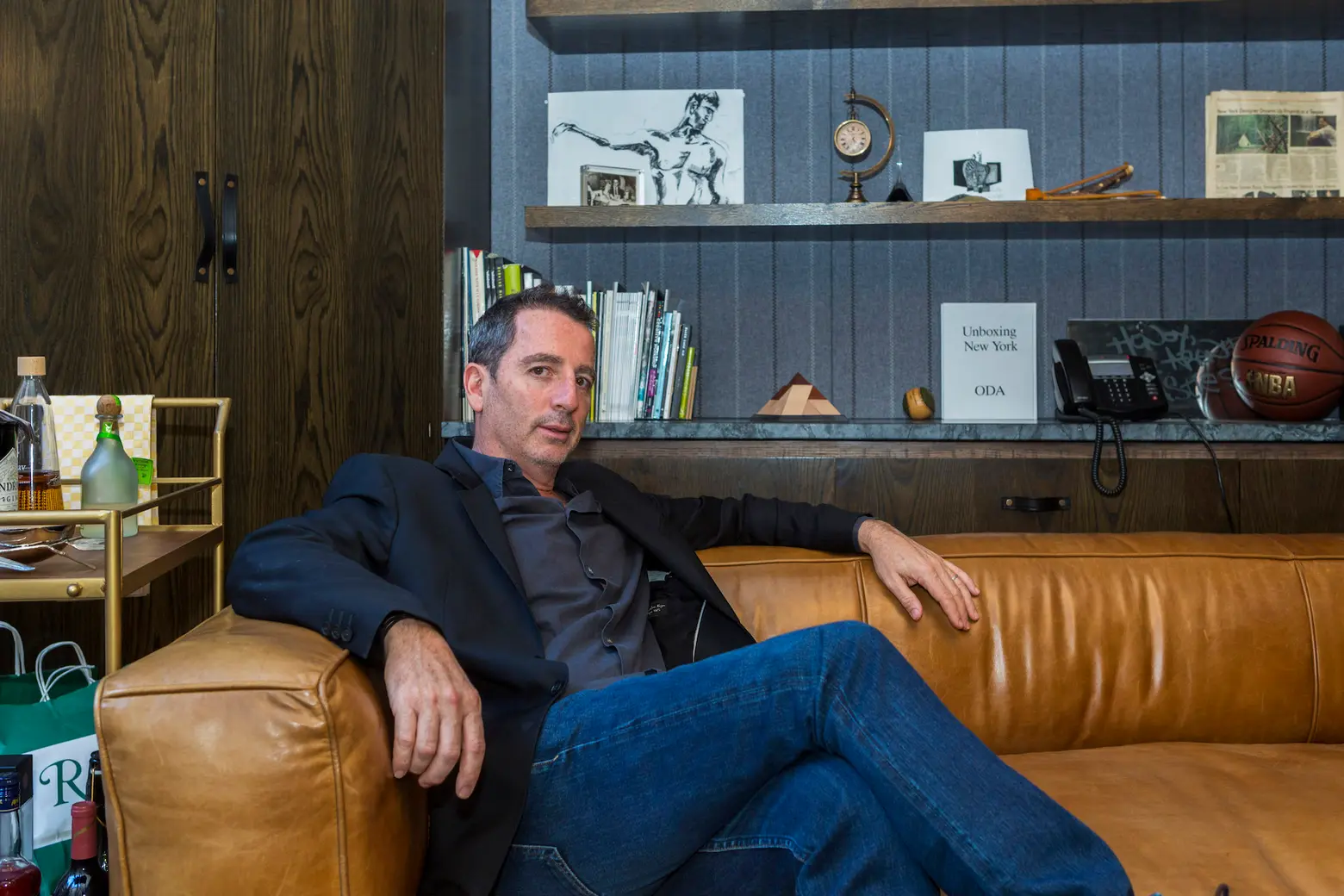
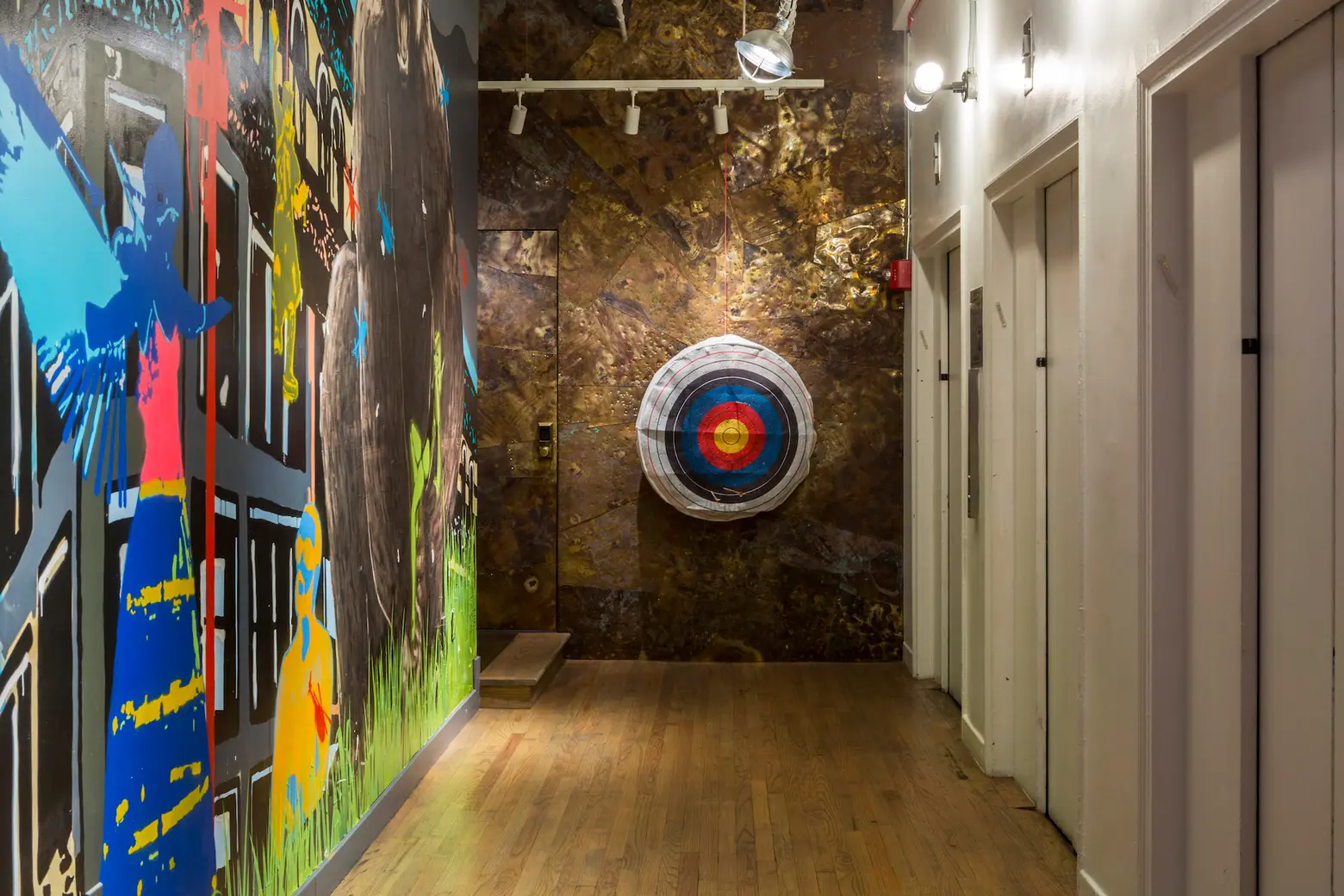
A layered mural representing life in the studio and a dart board greet visitors upon entering ICRAVE’s studio
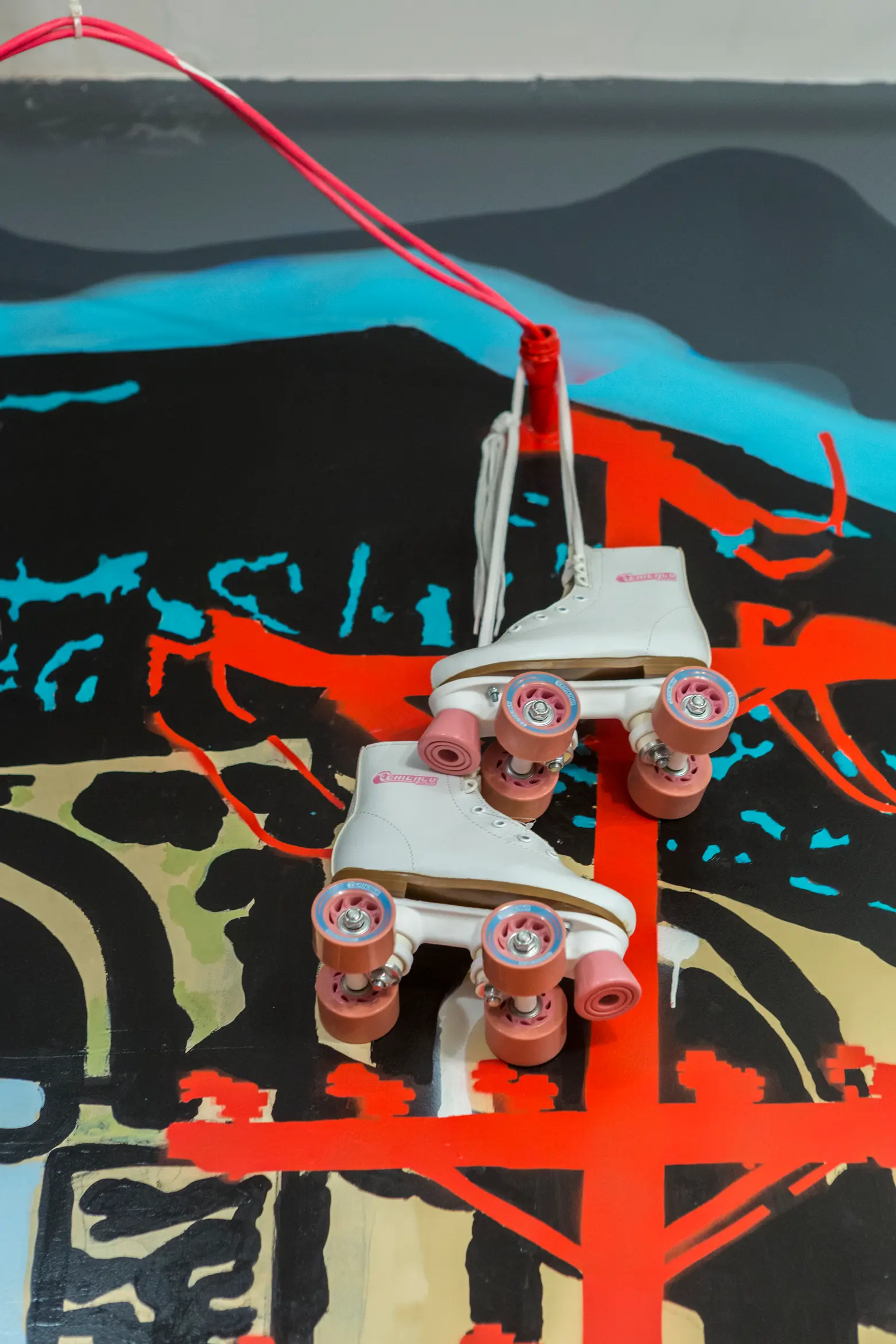
Rollerskates from the impromptu skate rink pop-up
Ohayon takes the role of experience creator very seriously. Before ICRAVE moved from the Meatpacking District into their new Nomad studio in 2012, he turned the empty space with hardwood floors into a pop-up rollerskating rink for his employees. Calling themselves a “tribe,” the ICRAVE team parties and takes trips together; Ohayon gives even everyone a paid week off every year to travel to Nevada at the end of summer for Burning Man.
Ohayon, who left Canada for New York City in 1997, founded ICRAVE in 2002, with the idea of creating something people have to have, a theme cemented in the firm’s name. “It was one of these things where we really wanted to create a new type of design firm that was part architecture, part design, part experience, and part digital,” he told us.
“My fascination has always been the intersection of our physical and digital worlds. That’s what I think we do here.”
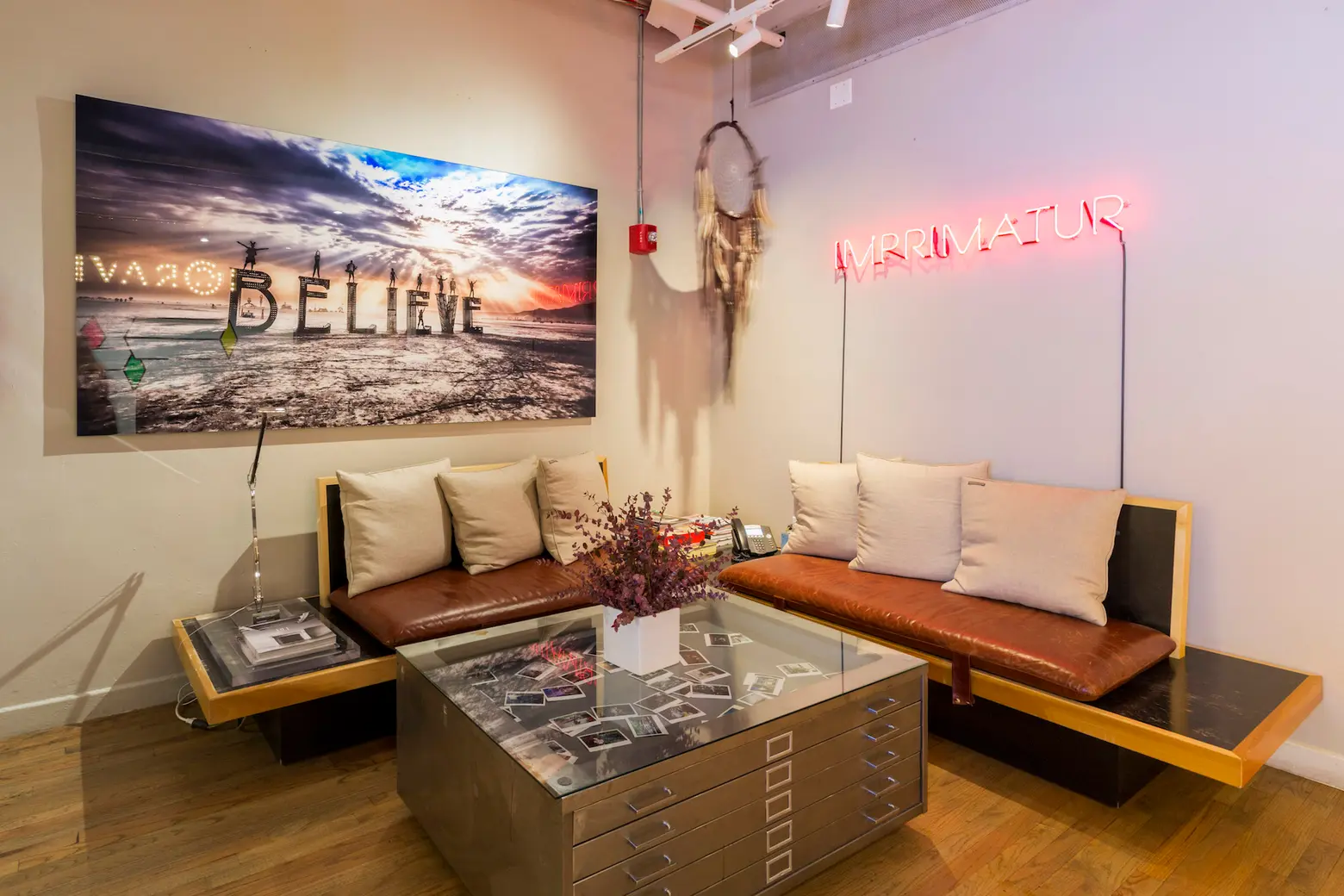
Photos from the team’s Burning Man trips are on display in the lobby
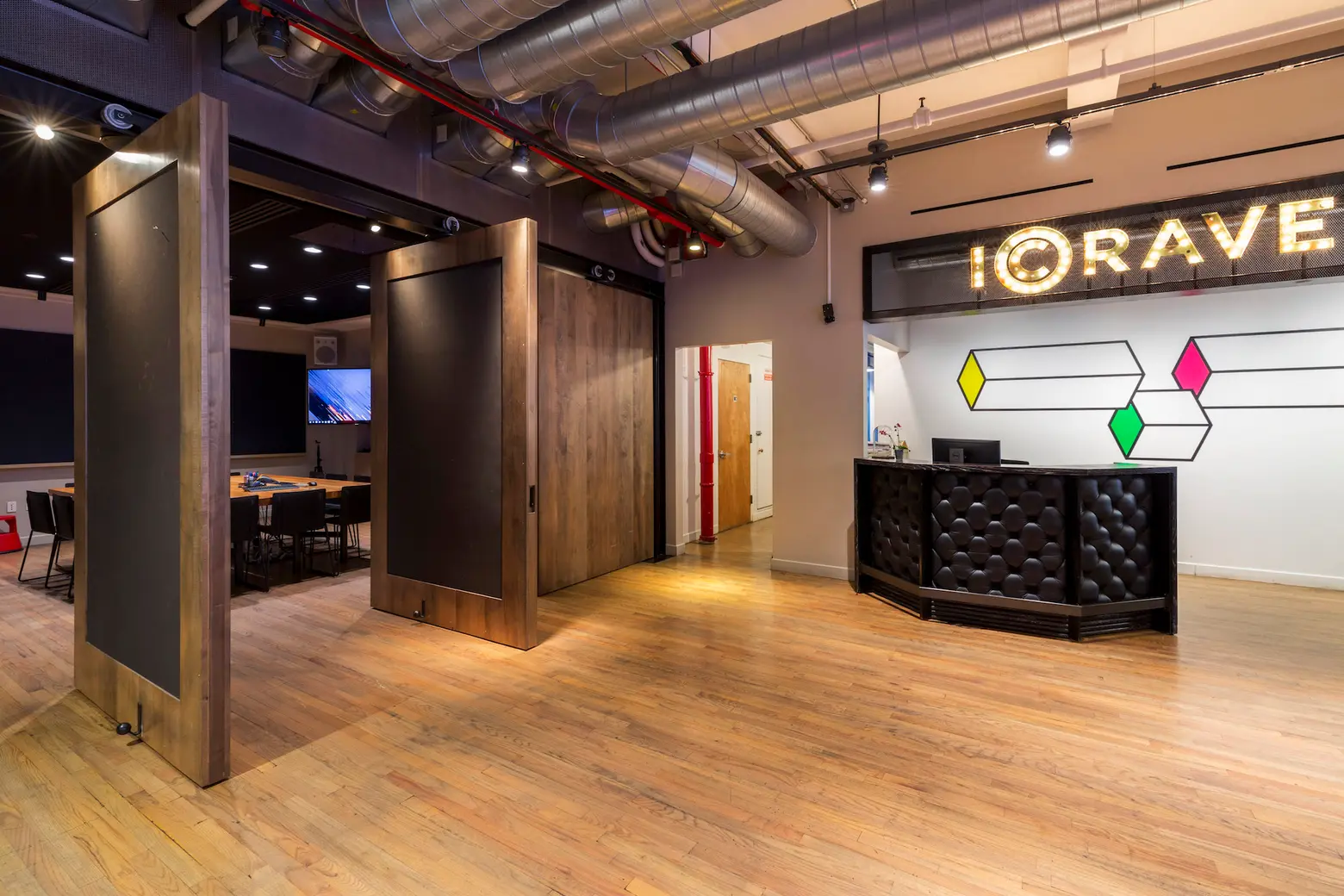
With a sound system installed, the reception desk can be turned into a DJ booth
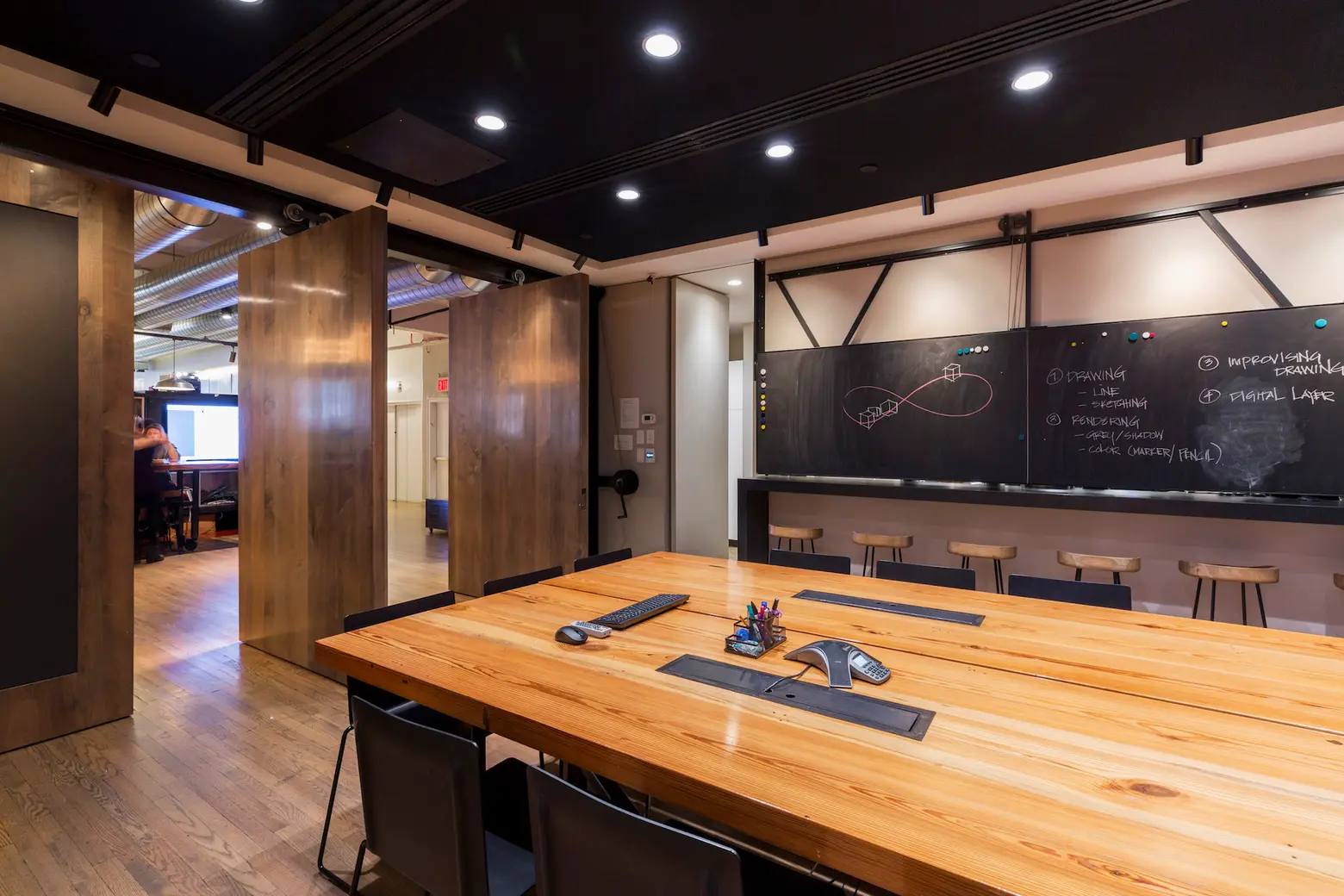
The doors can be turned into walls or can slide to one side; the chalkboards can open up to reveal a fully stocked kitchen and bar
ICRAVE got its start in the center of the Meatpacking District, during a time when the neighborhood was transitioning from abandoned slaughterhouses to boutiques and nightclubs. And the company played a role in this transformation, beginning with its first project STK, a sleek steakhouse and nightclub.
From that successful project, ICRAVE later landed a restaurant project for Delta’s terminal at LaGuardia Airport, bringing a restaurant with a variety of dining options while keeping things quick and efficient for those with flights to catch.
Since then, the firm has “reinvented the passenger experience” at multiple terminals airports across the country, including four terminal in NYC. With that first terminal redesign came one of the key elements of ICRAVE’s design goals: controlling people’s anxieties. “People are anxious when they travel,” Ohayon said. “If you can manage people’s anxiety, you can design cool airports.”
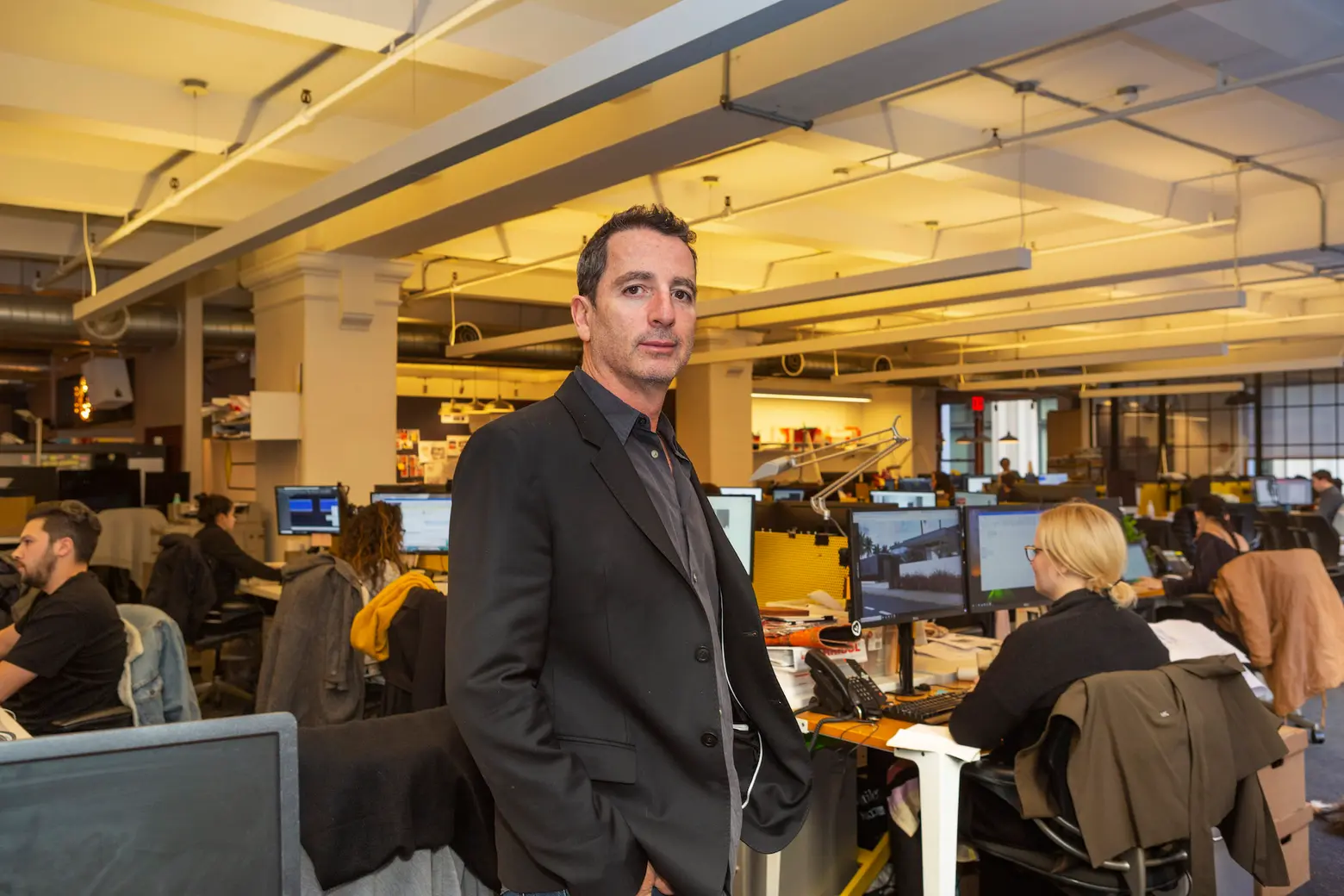
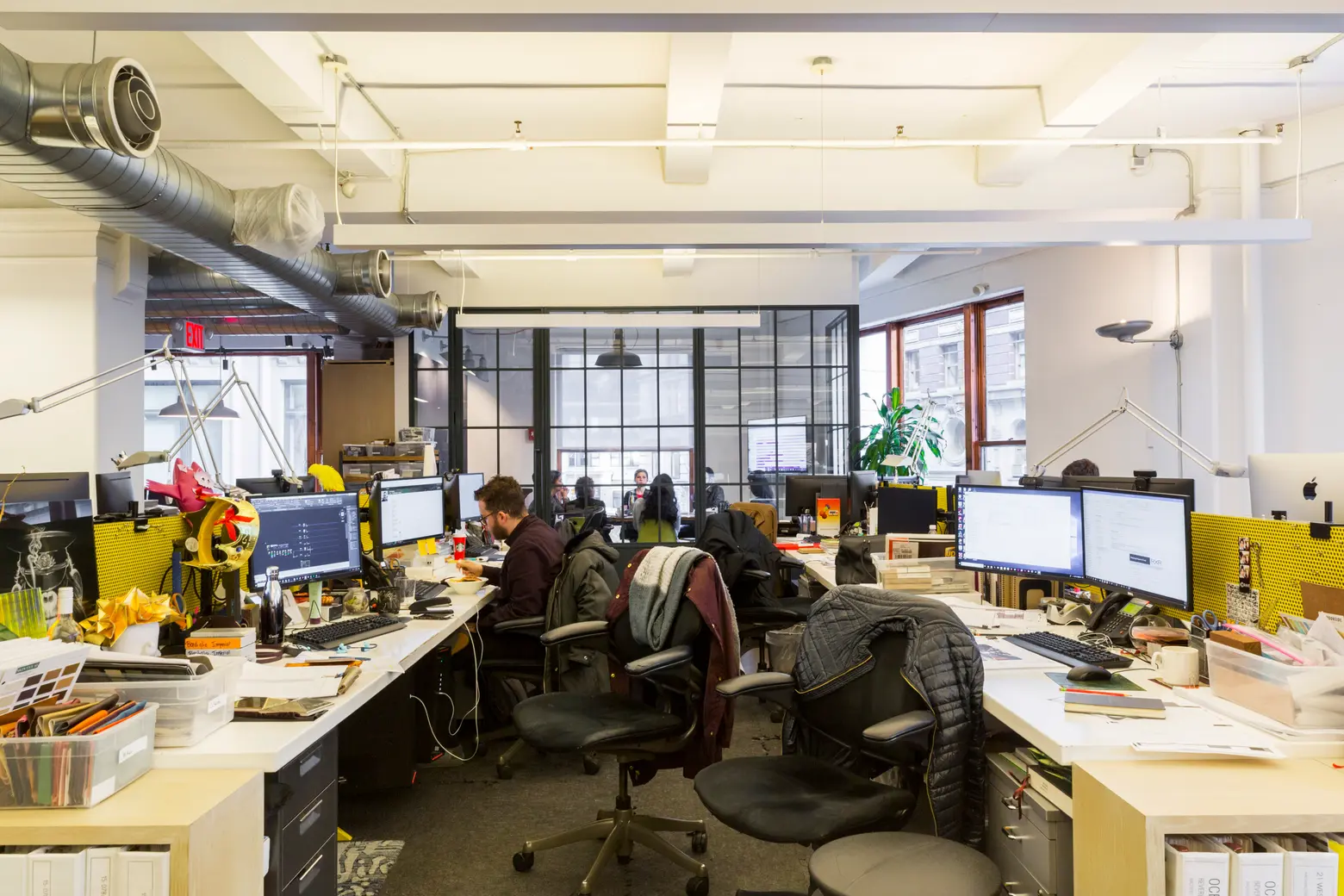
At Memorial Sloan Kettering, the firm was tasked with creating designs that would advance how they delivered cancer care for patients. In addition to revamping the waiting room and hospital cafeteria, ICRAVE developed real-location bracelets for doctors, hospital staff, and families, with the locations tracked on a big board for loved ones to follow.
“Your anxiety goes down and you can figure out what you’re doing when you get home, figure out how to take care of the person,” Ohayon said.
Designing for experience begins with understanding the needs of stakeholders, according to Ohayon, not the materials used. “What are we solving for?” is the first question the team asks when tackling a new project.
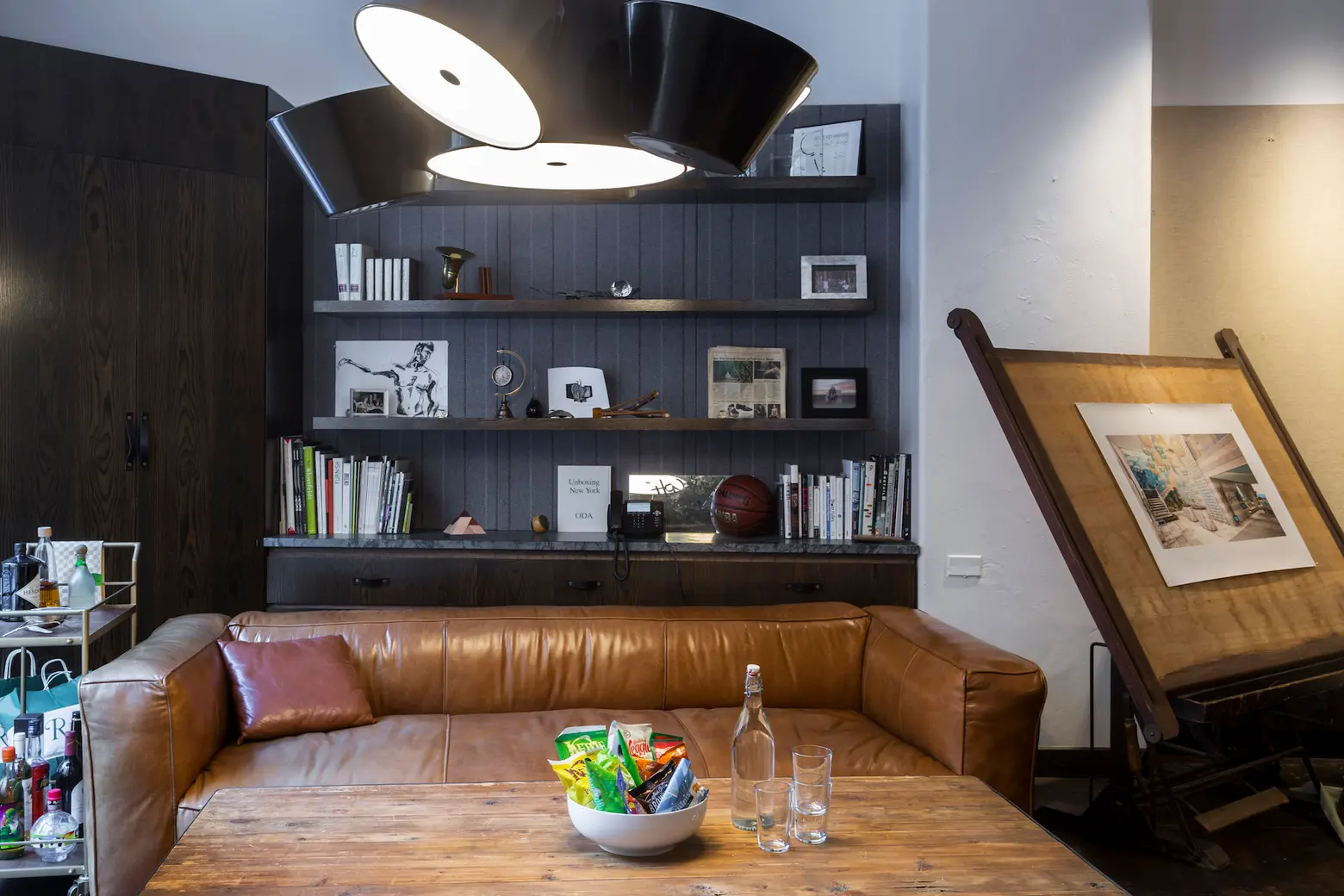
With the door always open, Ohayon’s office can be used by anyone for client meetings
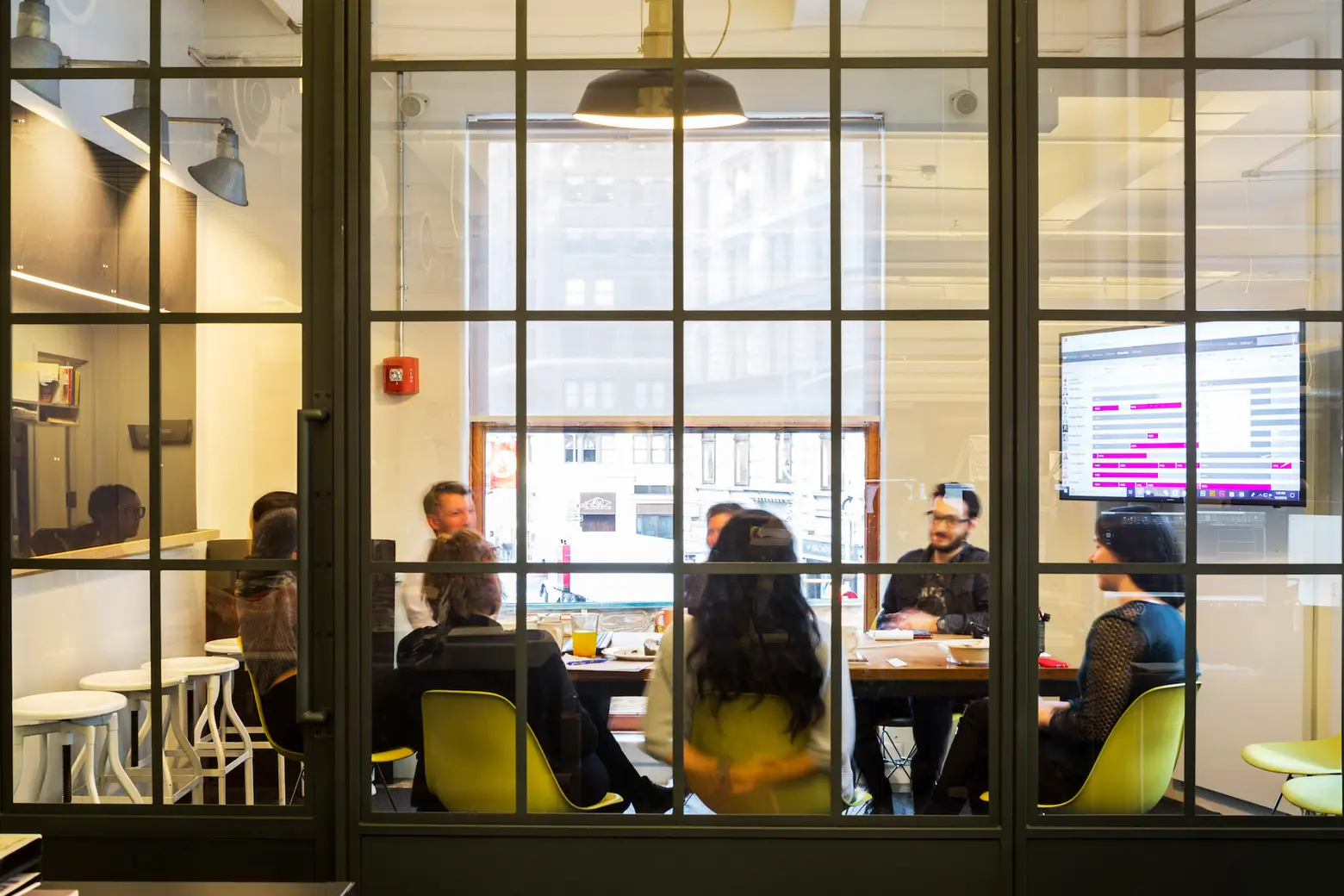
This conference room faces Broadway and allows for tons of natural light
While their project list is diverse, the firm may best be known for their dining experiences, responsible for the interiors of restaurants like Ocean Prime NY and Junior’s Times Square, fast-casual spots like the Little Beet, and food halls Le District and Mercado Little Spain, a José Andrés-curated destination coming soon to Hudson Yards.
Ohayon told us he went on a food tour of Barcelona with Andres to get a feel for how the food halls of Spain work, how they sound, how they smell. “One of the things about José Andrés is he delivers Michelin-starred chef food at a food hall. That’s a pretty incredible opportunity to have that kind of food, quickly,” Ohayon said. “And feed 3,000 people at lunch.”
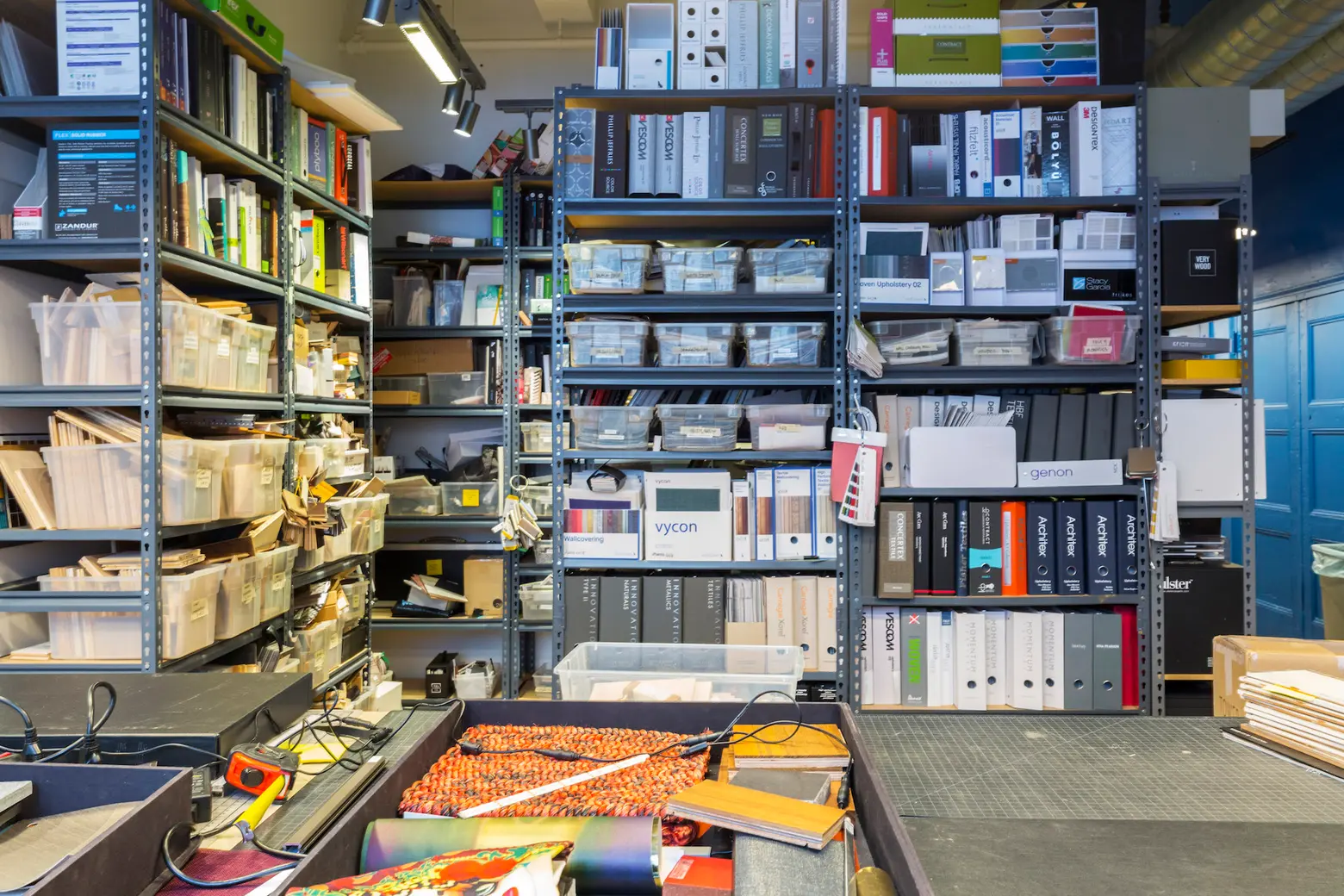
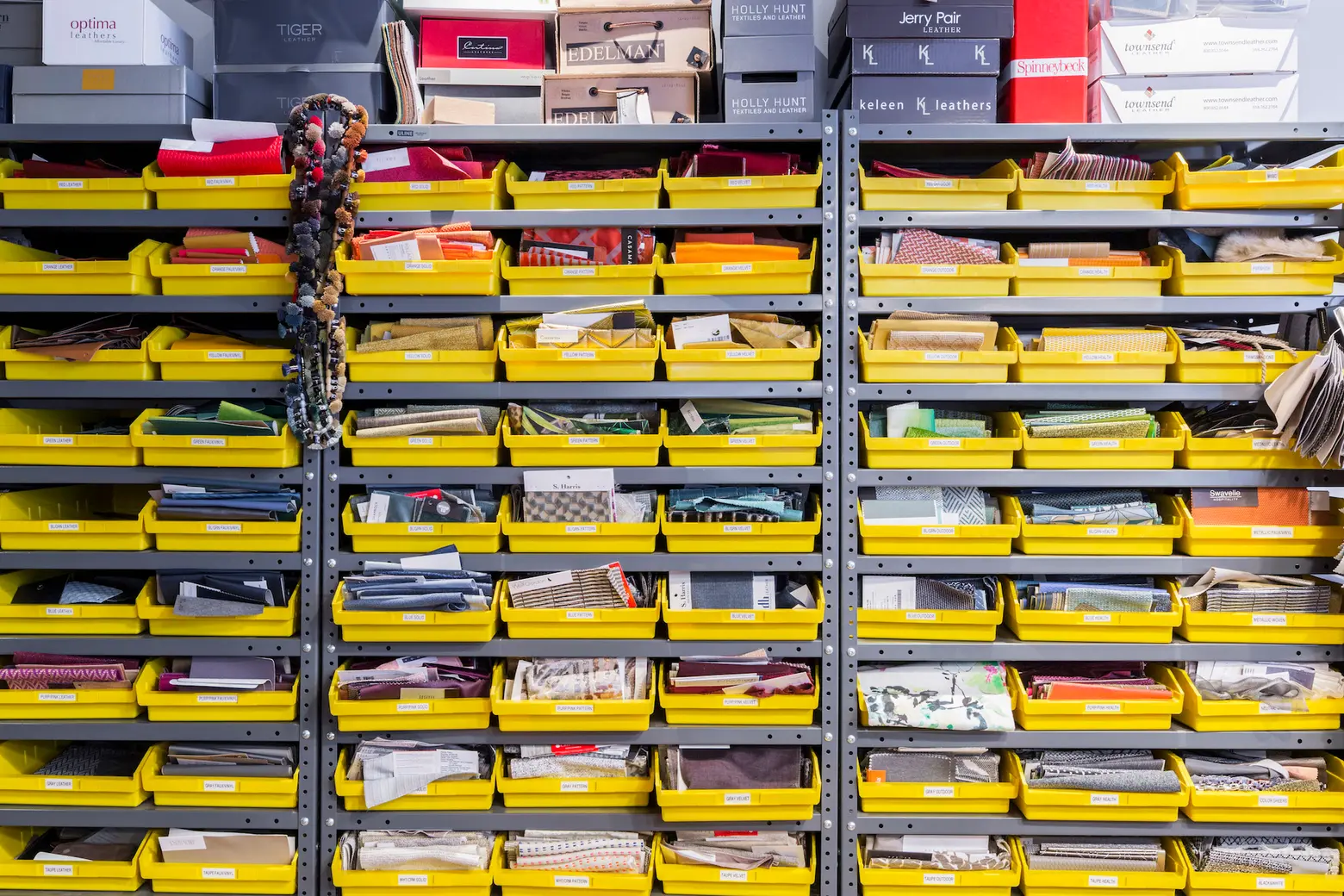
The design of ICRAVE’s studio focuses on fun, flexibility, and function, capable of hosting both private client meetings and large collaboration sessions. Custom-designed doors and partitions help transform the studio for whatever event is taking place that day.
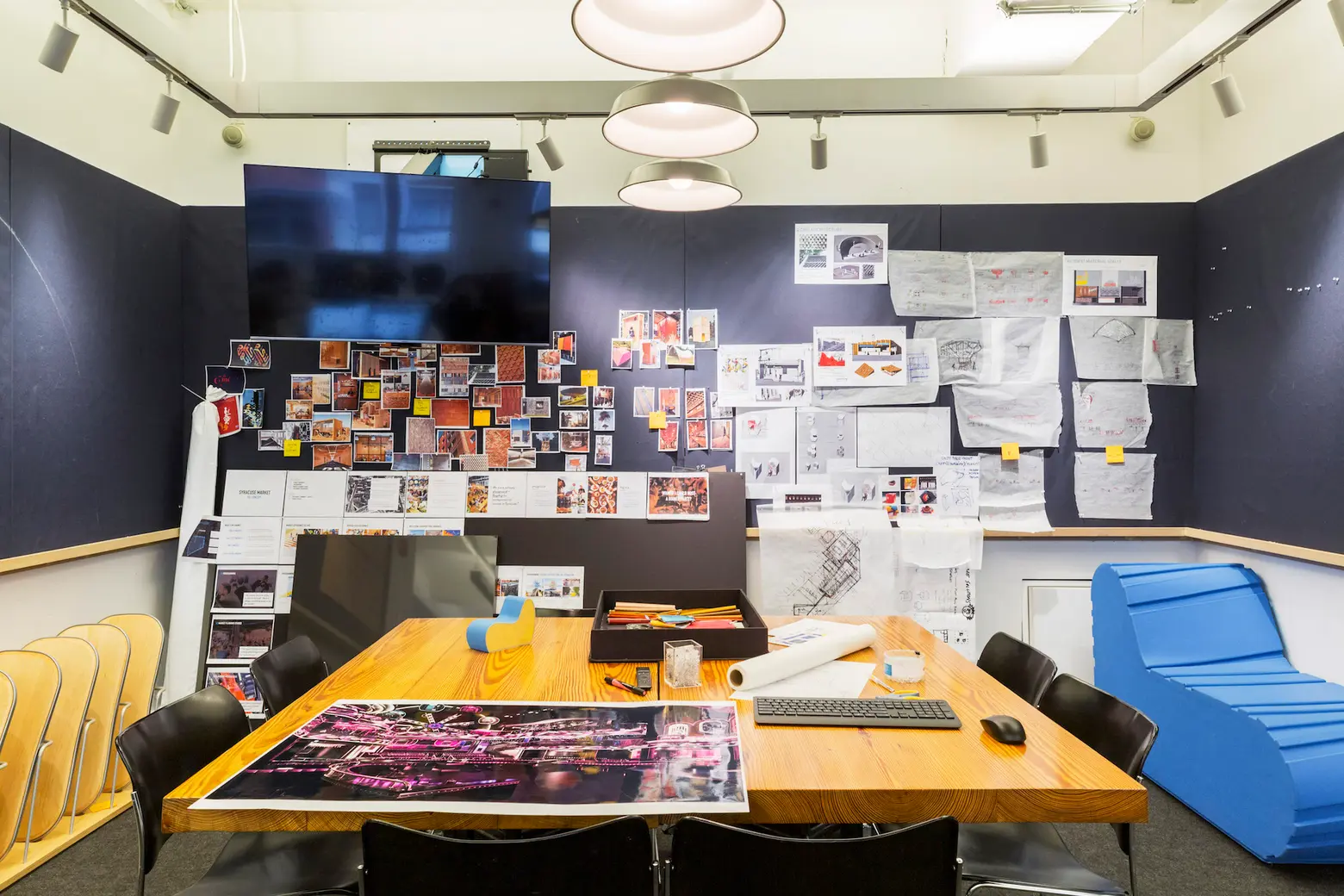
This is the “Crit Box,” where designers can put up work for others to critique it. On Crit Day, projects are presented alongside beer and cheese. “Everyone gets into it, it’s a big part of studio life here,” Ohayon said.
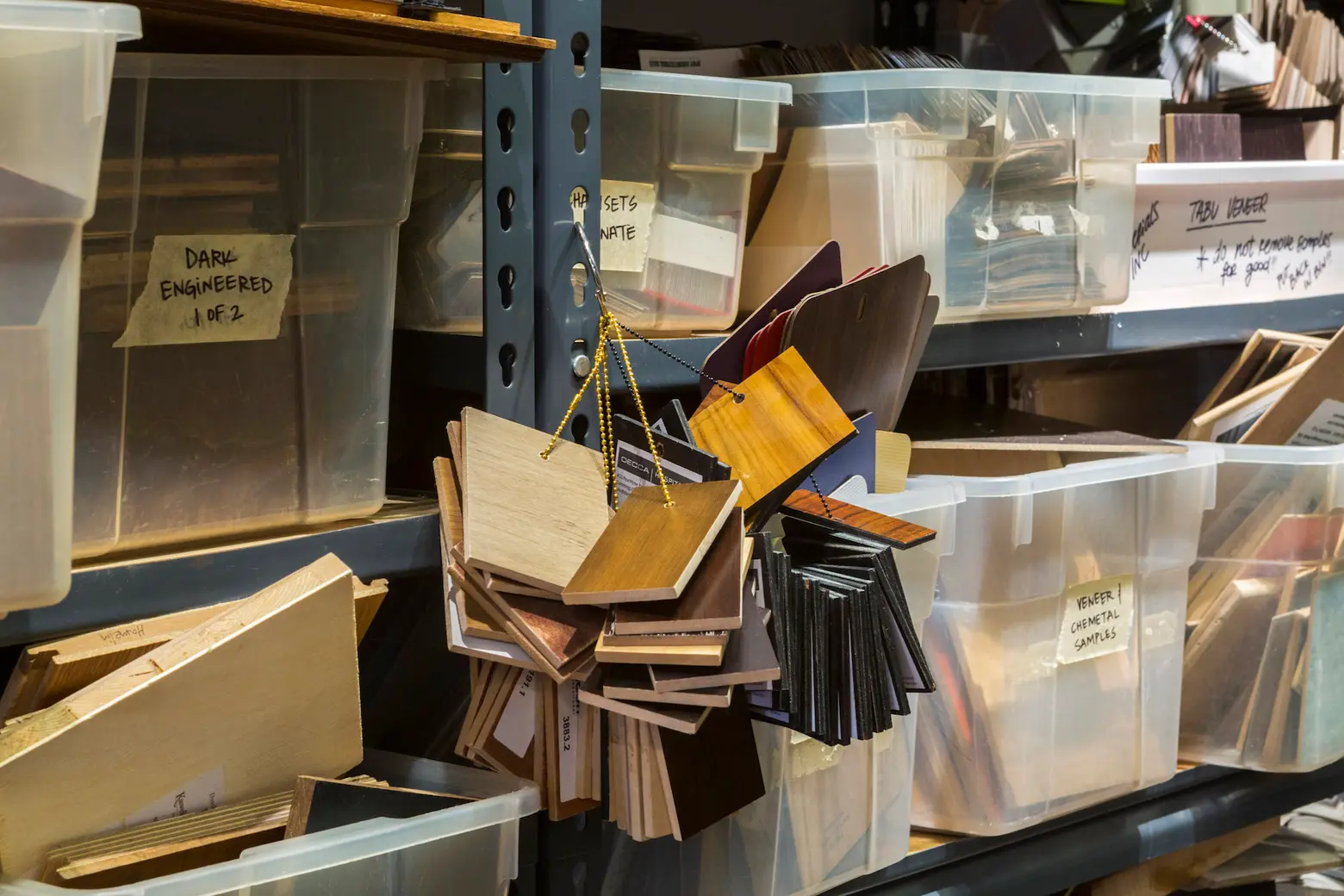
While there’s pressure to move out of Manhattan for a lot of design studios, Ohayon told us it’s important to stay in the city. “Before we signed this lease, I was meeting with a client,” he said. “I asked ‘if I were in Brooklyn right now, would we be having this meeting in my office?’ And all of them said no.”
And despite the many accomplishments and successful projects of his studio, Ohayon’s most proud of the culture he’s built at ICRAVE. Or the “community and the way people are able to express themselves,” as he puts it.
“It’s challenging, but they’re able to do great stuff because we’re asking for exceptional work,” Ohayon said. “And building a world like that which is rewarding and challenging and, you know, you feel the energy of the place. As I’m about to turn 50, it’s been a very rewarding part of what we do.”
RELATED:
- Where I Work: See how Stickbulb’s first-ever showroom is lighting up Long Island City
- Cannoli, cheesecake, and an East Village icon: See history in action at 125-year-old Veniero’s Pastry
- Where I Work: Paulie Gee’s Slice Shop is dishing out retro pizzeria vibes in Greenpoint
All photos by Kate Glicksberg exclusively for 6sqft. Photos are not to be reproduced without written permission from 6sqft.
